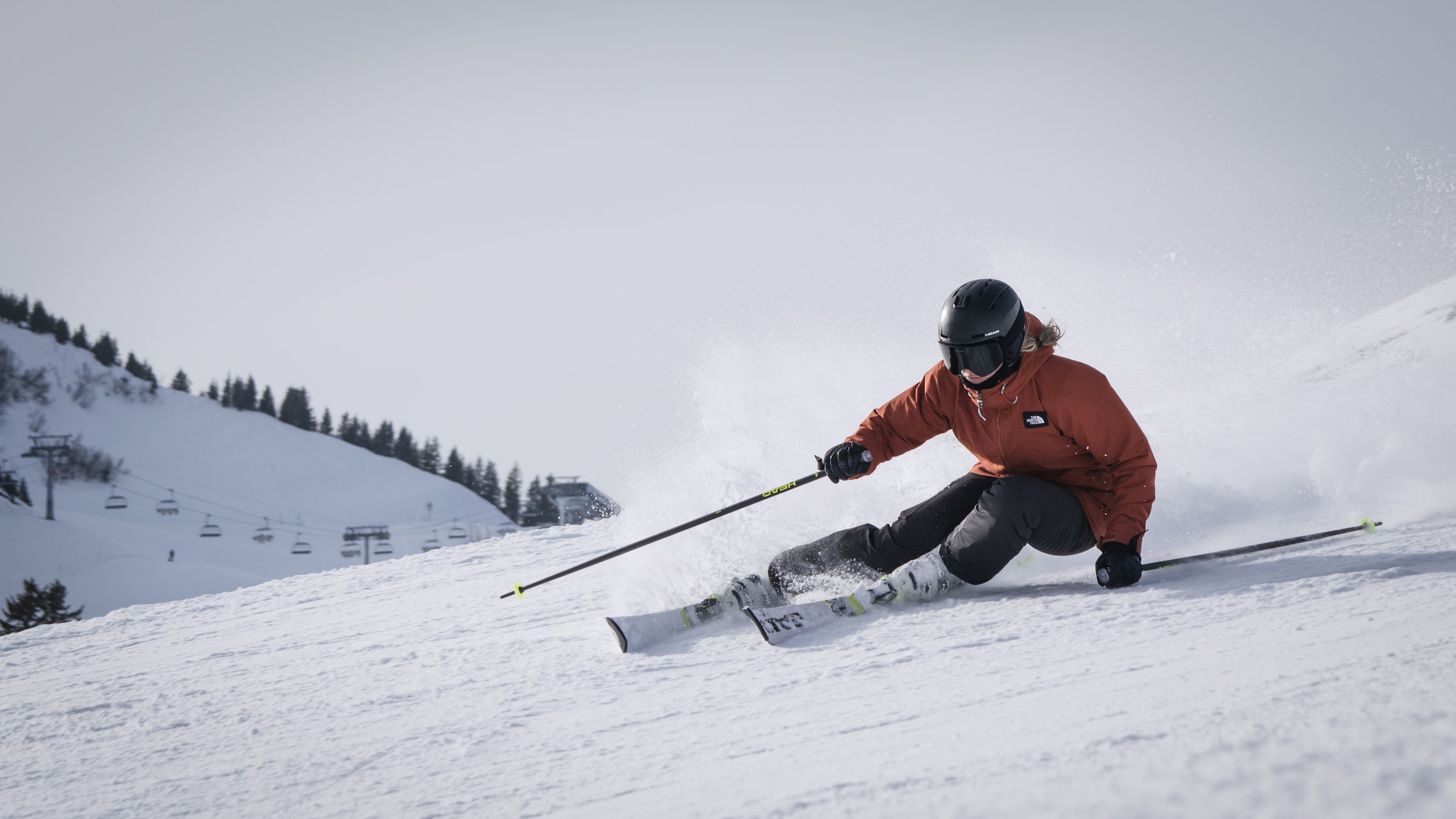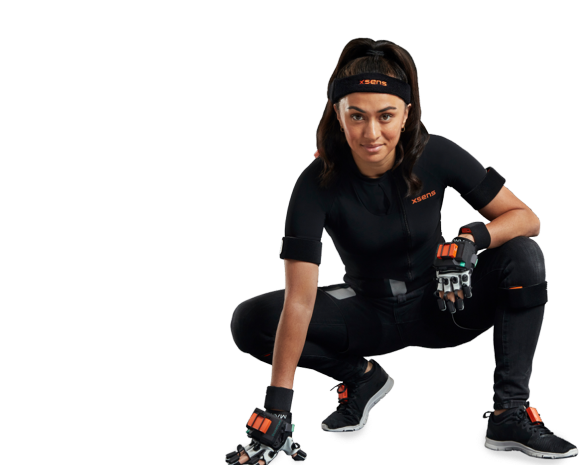
Previous winners
Biomechanics challenge 2023
The case study for the Movella Biomechanics Challenge 2023 was about Winter sports. The University of Trento, in Italy, was our main partner for this edition. Together, we defined the concrete parameters each team needs to compute, and which topics need to be discussed in the reports.
The biomechanics of cross-country skiing (XC-skiing) is more challenging than that of other sports activities and movements. In skiing, athletes face various impacts and move at high speeds, on a surface with varying structure and inclination. Nonetheless, the interest in improving performance and prevention of injuries in the sport keeps growing.
A detailed data set with full body motions of skiers is required to tackle the challenges of the biomechanics of skiing. The Xsens Link system based on IMU data provides such detailed body motions. Fortunately, we had the possibility to measure athletes together with the University of Trento which brings the challenge to the next level. This challenge was a unique and valuable opportunity for the participants to contribute to the winter Olympics of Milano-Cortina 2026 (Italy).
There was one main goal, which was to rank the different athletes in terms of performance. Therefore, students needed to compute a performance parameter, based on:
- Smoothness of movement, coordination, and balance.
- Power output of the upper body vs lower body.
- Adopted strategies and track.

The winners: Brockworth Filter – Brock University
Watch the 2023 finals webinar
Biomechanics challenge 2022
In injury rehabilitation one of the parameters that is very much investigated is the power produced during exercise. One of the measures to follow the progress of a patient during a rehabilitation treatment is by looking at the power produced without compromising the form of the movement.
The power of a task is dependent on the velocity that the task is as well as the force generated. In the case of a back squat, if the movement it is done with no weight, a higher velocity can be generated in comparison if the movement was performed with weight. However, both tasks could have the same generated power.
For rehabilitation it is important that a patient can work in several repetitions in which the same power can be generated through all repetitions. So, the participant can perform the movement with the same concentric velocity without compromising the form during the movement.
Therefore, not only it is important to look at the repeatability of the task in terms of the movement kinematics as well as the generated power.
The goals of this project are to (1) develop a method to help a physiotherapy clinic to measure power generated in rehabilitation exercises and, simultaneously, (2) determine the repeatability of the task across repetitions and across sets (of different weights).

The winners: Intelligent Robotics Lab – University of Pavia
Watch the 2022 finals webinar
Biomechanics challenge 2021
Parkinson’s Disease is a progressive neurological disorder presenting itself in multiple motor symptoms which affect patients’ quality of life drastically.
To control these symptoms, patients are on a personalized dosage of medication, which is set after a thorough and standardized evaluation by the neurological specialist in the clinic.
Although the patients and their symptoms are analysed thoroughly, the symptoms can present themselves differently at the assessment in the clinic then in the patients’ daily life. Additionally, not all patients are able to communicate the severity of their symptoms to the specialist, resulting in suboptimal control of the disease.
Therefore, it would very beneficial if the symptoms could be objectively measured in a home environment. With this purpose in mind, the department of Psychology, Health and Technology started a research project in the E-Health house at the University of Twente measuring patients during a full day. During the first half of the day the patients are without medication (OFF period) and are asked to performed a collection of daily task in the house. At lunch time the patients take their medication (ON period) and continue in the house doing some more tasks in the afternoon.
The goals of this project is to find a method to detect characteristic features of the patients with Parkinson’s and compare those between the ON and OFF periods.

The winners: Horse Power – University of Calgary
Watch the 2021 finals webinar
Timeline
One week into the challenge, there will be a technical training session to immerse participants in inertial motion capture technology and allow them to ask questions.
After the evaluation and selection of the finalists, shortlisted teams will present their projects to the jury committee via a webinar. This webinar is open to anyone to attend.
12 January
6 March
9 March
16 March
23 March
27-31 March
6 April
13 April
Register for the Movella Biomechanics Challenge 2023
